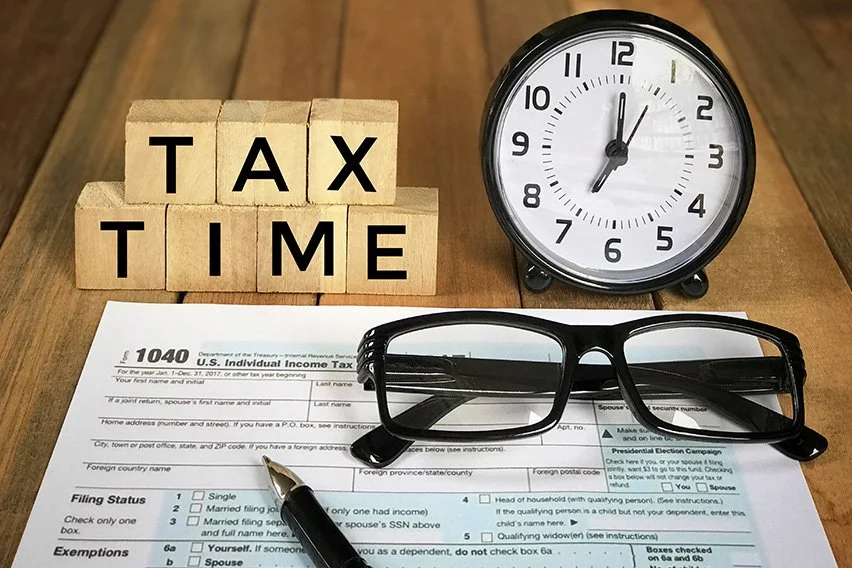An Income Tax Return (ITR) is a form that lets a taxpayer declare their income, expenses, tax deductions, investments, tax payable, and so on. As per the Income Tax Act of 1961, it is mandatory for individuals to file their income tax returns. Now, there are scenarios where income tax returns need to be filed even in the absence of income such as claiming tax deductions, claiming income tax refunds, carrying forward losses, and so on.
As a taxpayer, you can also complete the process of filing your income tax returns online, which is known as e-filing. You can rely on the new income tax portal to take advantage of a host of useful features that can be used to simplify your tax filing process.
How to file your own income tax return?
Step 1: Visit the income tax e-filing website
Simply visit the official income tax e-filing website of the Government of India.
Step 2: Register or login to the ITR e-filing website
- Complete your login by entering your user ID or PAN.
- Click on “continue” and then tick on the security box once done.
- Enter your password and then click on “continue”.
Step 3: Select the option ‘file income tax return’
- Under the e-file menu, you will see an option “income tax returns”, within which you will find the “file income tax return” option.
- Click on the “file income tax return” option to get redirected to the income tax return page.
Step 4: Enter the required details
Once you get redirected to the income tax page, you will be able to see your auto-filled PAN, after which you need to choose the following:
- Assessment year – The assessment year is the financial year after the year in which you have earned your income. For instance, if you have earned your income in the financial year 2022-23, the assessment year will be 2023-24.
- Type of filing – You have to select from either “original” or “revised return”.
Step 5: Select the mode of filing
At this stage, click on “continue” to go to the “online” mode of filing and then click “proceed”.
Step 6: Choose your applicable status
You can then pick your applicable filing status from the options of “individual”, “HUF”, and “others”.
Step 7: Choose the appropriate ITR form
There are several types of ITR forms to choose from, ranging from ITR 1 to ITR 7, which you can use to file the income tax return online. Each form is suitable for a certain type and level of income. For instance, ITR 1 is for individuals earning income up to Rs 50 lakh from sources like salary, house property, pension, etc. ITR 3, on the other hand, is for individuals and HUFs who have income from business or profession. Carefully go through the guidelines given on the website to see which ITR form you are eligible to file taxes under.
Depending on the form you are eligible to file under, you will have to fill out the required details. For instance, for ITR 1 you need to enter the following information:
- Personal details such as your full name, Aadhaar and PAN number, contact details, as well as bank account details.
- Your gross total income from various sources as well as details of income that is exempt (if applicable).
- Tax paid from all sources but not limited to TCS, TDS, advance tax, and self-assessment tax.
- Total tax liability. You need to pay the same as tax if the tax payable on total income is positive or you can claim the same as your tax refund in case it is negative.
Step 8: Choose the reason for filing income tax returns
Choose from the applicable options:
- Your taxable income is more than the basic exemption limit
- It is mandatory to file according to certain criteria
- Others
Step 9: Submit your bank account details
- Provide your bank account details.
- If you have already submitted your bank account details, make sure these details are pre-validated.
- Once this is done, you will find a new page with pre-filled details.
- Make sure to carefully review your pre-filled information.
Step 10: Get a summary of the tax computation
- Your screen will display a summary of the tax calculation based on the information that you have provided, based on which you will have to either pay tax or claim a tax refund.
- You will then have to provide your place of residence to preview and submit your income tax return.
Step 11: E-verify your ITR
- Select the option to e-verify through netbanking, EVC (Electronic Verification Code), Aadhaar OTP, etc.
- For verification purposes, you can also submit a physical copy of the ITR-V to CPC, Bengaluru.
Step 12: Submit your ITR online
Click on “Submit” to complete the process, after which you will receive an acknowledgement from the Income Tax Department on REGISTERED your email ID.
To sum up
Filing income tax returns on your own has never been easier. Through the official Income Tax Department e-filing website, the process is simple and streamlined. It’s essential to file taxes every year, irrespective of what your income is. Being clear on your income and tax liability will keep you on the right side of the law, preventing any complications in your financial competency.
